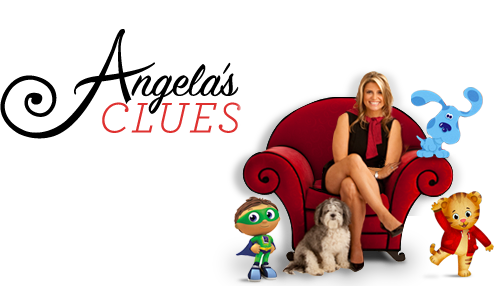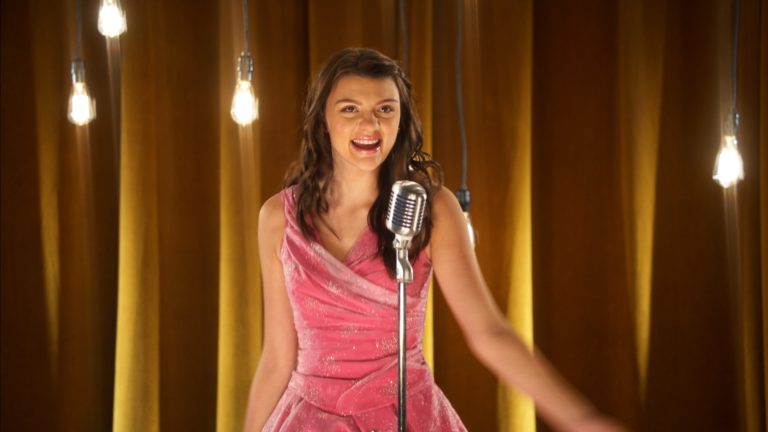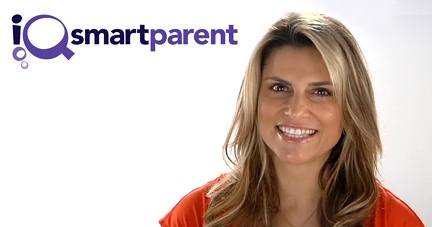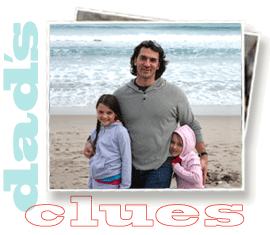
When I was growing up, my sister would talk about things that would enrage her and then half jokingly say about me, “He just doesn’t care. He couldn’t care less”. That was my rap.
Fact of the matter is, I wished that was true. I did care..too much.
I was a worrier growing up..grades, friends, social situations, etc. I did well across the board, so I guess I did a good job of hiding it. At the time, that was something I thought I was supposed to do. Keep the armor on & keep barreling forward. Fortunately, unbeknownst to family & friends, I sought the help I needed after my first, full-on panic attack.
This is 1 trait I’d rather not share with my kids, so I recently spoke with a good friend of mine to get some more info on the subject.

Barbara was on a crowded NYC subway 20 years ago and began to feel dizzy. She was a fun, free spirited girl, in her early thirties but she began to imagine herself fainting somewhere along her routine commute. For no logical reason she spiraled downward into the darkest, most unnerving place that she ever found herself in. She wondered what would happen to her. Who would find her? Would someone assist or take advantage of her situation? Her heart was beating at least twice its normal rate.
Drenched in sweat, she wondered, “Aren’t I too young for a heart attack?!”
The next day Barbara felt better taking a less crowded train 15 minutes earlier. With the feeling creeping back again the next day, she caught an even earlier train. The pattern grew over the years to the point where she was leaving 2 hours earlier than necessary to sweep her panic under the rug. Even though Barbara successfully graduated college, was happily married & had kids, there was an odd sense of impending doom that seemed to follow her. Mundane tasks such as standing in the checkout line at the supermarket or driving alone began to cause her anxiety.
After many agonizing years & thousands of dollars wasted on misdiagnoses, Barbara finally found an informed cognitive behavioral therapist. A recovered phobic himself, the psychiatrist eventually taught Barbara how to meet these bouts with panic head so that she could move on with her life. This was the start of her road to recovery.
Years later, having learned a great deal from her experience, she decided to help others that share such experiences. Today she is one of a few hands on therapists that go out “into the field” with her clients to control their emotional disorders. I spoke with Barbara about this crippling illness which silently affects so many people.
Thanks for talking with me Barbara. Since panic disorder seems to creep up out of nowhere to affect people, do you feel that it’s genetic, a learned behavior or what?
Personally, I feel I was somewhat predisposed to my condition. My parents were very overprotective. I didn’t label them as “phobic” but they had their tendencies. Thinking about it now, my mother & a few of my aunts never liked to drive. There doesn’t need to be a family history of socially induced disorder for a person to be afflicted with the illness, but I have undoubtedly seen a pattern within many of my clients.
So talking about it with one’s family is important?
Yes, but people are quite resistant to talk about it..embarrassed, which strengthens the fear as well. A person that’s susceptible to panic should really attempt to talk with parents, uncles and aunts to see if they’ve had similar feelings. There’s usually a common thread. See what they remember, even if they’ve never labeled it as panic disorder. Especially since there are so many undiagnosed conditions that people, not simply, live with.
I guess it’s nice to have company too..
Sure, it’s comforting when feelings can be validated. People that experience episodes of panic often think that they’re going crazy or are told by others that it’s all in their head, so “Get over it”. That’s why it’s so helpful to find a supportive group that share similar experiences. It’s really difficult to face this alone.

Where do you think all of this stems from? As you said earlier, it seems to come out of nowhere.
While no one knows for certain, most of the time there’s a connection with a very difficult situation or traumatic event that happens to that person. That negative experience seems to trigger “something” which the mind has a tough time processing.
The 1st time a person experiences severe panic in a particular situation, it translates into extreme fear. The problem is when the person runs from what they THINK is causing this fear (i.e. public speaking, bridges, etc.) & the brain begins to believe, “I felt better because I got away from what I was afraid of.” So naturally they begin to stay away from that which they’re afraid of..strengthening the monster they’re running from. It’s a snowball effect. And just as nobody forgets their first sexual experience, the same is true with a person’s first panic..they NEVER forget it.
Are there any similarities among the people that you’ve helped with these issues?
To me, it seems like people that are more susceptible fall under the creative type. A lot of Type A personalities..control freaks but various professions: lawyers, quilt makers, doctors, artists. But ALL I’d say were high stress, worriers “what if’ing”. Worrying about the outcome before they’re even in the situation. And I’d say the majority of them are people pleasers.
Any common age?
40 seems like the magic number for some reason. Many have tendencies when they’re between their teens & late twenties, but they don’t seem to surface until they reach their late 30s. They most likely experience small episodes when they’re younger but they don’t know what’s happening. They have a difficult time labeling it or choose not to confront it via drugs or alcohol.
When someone is experiencing episodes of panic, what do you think is the best course of action to take.
-
Exposure, exposure, exposure! 95% of psychiatrists don’t go out with their patients, but I feel it’s integral for them to overcome their condition.
-
The overall goal is to know that the fear will not eat you up & you will get to the other side of the anxiety. I do this through small, manageable steps which demystify what it is that the person fears.
-
Since most anxiety is anticipatory in nature (regarding some future experience), I try to get my clients to be mindful of the actual action that’s occurring NOW instead of obsessing about the fear alone.
Thanks Barbara for your time & expertise.
Anytime. I’m happy to know I can assist people to move forward with their lives!
If you’d like to get in touch with Barbara, send us your contact info & we can pass it along to her.











 The interactive and participatory nature of all my shows, starting in 1996 with “
The interactive and participatory nature of all my shows, starting in 1996 with “

 In similar fashion, Ana believes that a parent who shares their native language in the home and surrounds them with the language, is supplying them with immense benefits..much more than previously thought, I found out. We also dispelled a few myths and talked about it’s positive effects on literacy skills! Check out our interview (and our instant bond) on
In similar fashion, Ana believes that a parent who shares their native language in the home and surrounds them with the language, is supplying them with immense benefits..much more than previously thought, I found out. We also dispelled a few myths and talked about it’s positive effects on literacy skills! Check out our interview (and our instant bond) on 


















